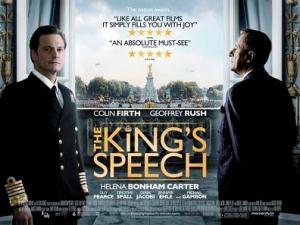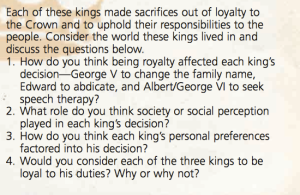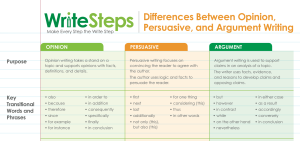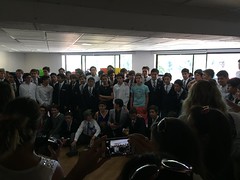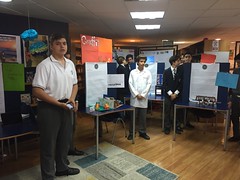Category Archives: Period 2
Assessment Plan
Dear students,
Find the Assessment Plan for this semester. It is important that you keep record of it!
Units to be covered:
- Nº1 What’s light and
- Nº3 How can we tell what’s right?
1.- PT 23 March: Integrated Skills Test based on Unit 1: What is light?
2.- PT 11 April: Trinity Reading and Writing:
3.- ED 25 April: “Science Experiment”
4.- ED 18 May: “Performance Assessment”.
5.- ED 8 June: “Performance Assessment: Fables and Bitstrips”
6.- PT 21 June: Integrated Skills Test based on Unit 3: “How can we tell what is right?”
BRITISH WEEK 2015 is HERE!!!
This final week will be celebrated as our traditional British Week!
For this different activities have been planned for you to enjoy!
Please check our Mackayzine website for more info!
We will advocate our lessons to investigate plottings, murders, politics, over thrones, and many other “juicy” stories from monarchs through British History!
Let the Fun Begin!!
Let´s debate!
A debate is a discussion or structured contest about an issue or a resolution. A formal debate involves two sides: one supporting a resolution and one opposing it. Such a debate is bound by rules previously agreed upon. Debates may be judged in order to declare a winning side. Debates, in one form or another, are commonly used in democratic societies to explore and resolve issues and problems. Decisions at a board meeting, public hearing, legislative assembly, or local organization are often reached through discussion and debate. Indeed, any discussion of a resolution is a form of debate, which may or may not follow formal rules. In the context of a classroom, the topic for debate will be guided by the knowledge, skill, and value outcomes in the curriculum.
Structure for Debate
A formal debate usually involves three groups: one supporting a resolution (affirmative team), one opposing the resolution (opposing team), and those who are judging the quality of the evidence and arguments and the performance in the debate. The affirmative and opposing teams usually consist of three members each, while the judging may be done by the teacher, a small group of students, or the class as a whole. In addition to the three specific groups, there may an audience made up of class members not involved in the formal debate. A specific resolution is developed and rules for the debate are established.
Debate Preparation:
- Develop the resolution to be debated.
- Organize the teams.
- Establish the rules of the debate, including timelines.
- Research the topic and prepare logical arguments.
- Gather supporting evidence and examples for position taken.
- Anticipate counter arguments and prepare rebuttals.
- Team members plan order and content of speaking in debate.
- Prepare room for debate.
- Establish expectations, if any, for assessment of debate.
Conducting Debate:
Debate opens with the affirmative team (the team that supports the resolution) presenting their arguments, followed by a member of the opposing team. This pattern is repeated for the second speaker in each team. Finally, each team gets an opportunity for rebutting the arguments of the opponent. Speakers should speak slowly and clearly. The judges and members of the audience should be taking notes as the debate proceeds. A typical sequence for debate, with suggested timelines, is as follows:
• the first speaker on the affirmative team presents arguments in support of the resolution. (5 – 10 minutes)
- The second speaker on the affirmative team presents further arguments in support of the resolution, identifies areas of conflict, and answers questions that may have been raised by the opposition speaker. (5 – 10 minutes)
- The second speaker on the opposing team presents further arguments against the resolution, identifies further areas of conflict, and answers questions that may have been raised by the previous affirmative speaker. (5 – 10 minutes)
- The rules may include a short recess for teams to prepare their rebuttals. (5 minutes)
- The opposing team begins with the rebuttal, attempting to defend the opposing arguments
and to defeat the supporting arguments without adding any new information.
(3 – 5 minutes)
- First rebuttal of the affirmative team (3 – 5 minutes)
- Each team gets a second rebuttal for closing statements with the affirmative team having
the last opportunity to speak. (3 – 5 minutes each)
- There cannot be any interruptions. Speakers must wait their turns. The teacher may need
to enforce the rules.
Post-debate Discussion and Assessment
When the formal debate is finished, allow time for debriefing and discussion. Members of the audience should be given an opportunity to ask questions and to contribute their own thoughts and opinions on the arguments presented. Members of the debate teams may also wish to reflect on their performance and seek feedback from the audience, including the teacher.
Check this structure used in other schools accross the globe:

